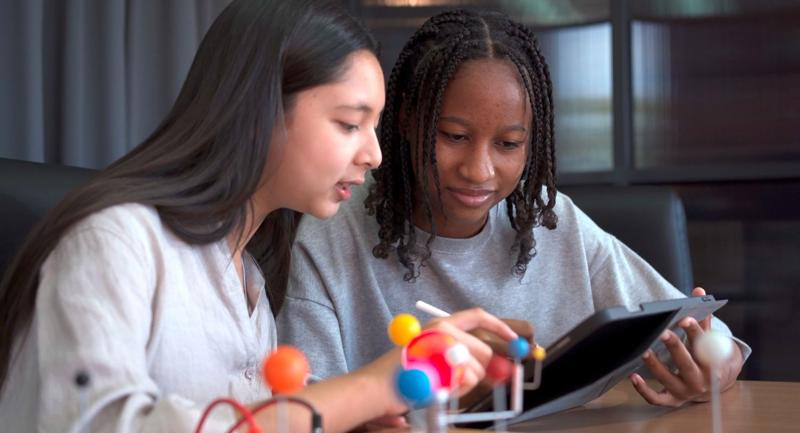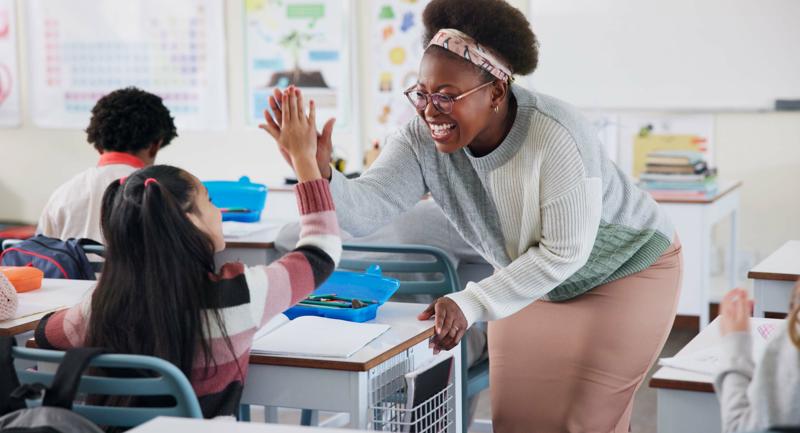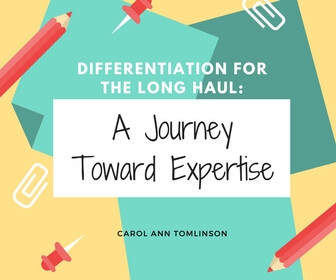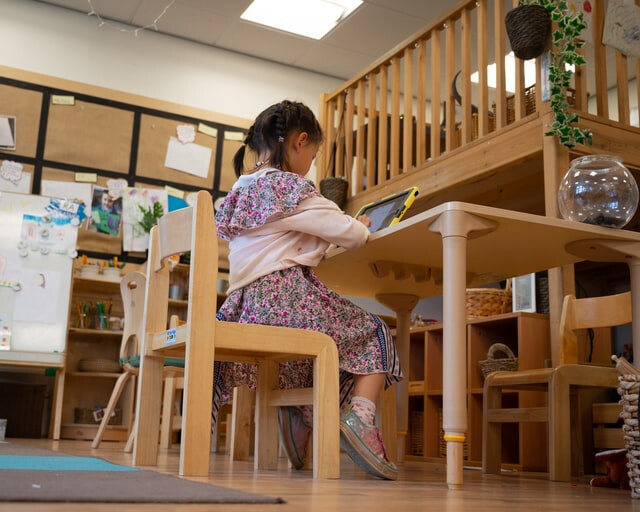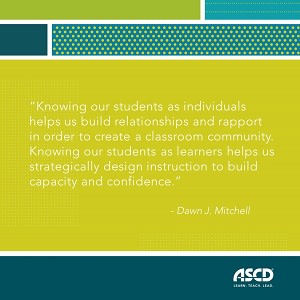Research projects are an important tool for both instructing students and assessing whether students have developed critical knowledge and skills for college and career success in a 21st century world. Students also have the opportunity to explore their interests, which increases their motivation to learn. They learn how to develop questions, find, sort and evaluate information, read widely and deeply, analyze, think creatively, write in many different formats, problem solve, and communicate results. Students also learn how to work independently and collaboratively. Many of the “soft” skills, such as curiosity, perseverance, “grit”, and dealing with failure and frustration are developed while working on a research project. Like the musician or athlete, students who conduct research projects have the opportunity to practice and improve important skills that they don’t normally get to use regularly in traditional classrooms.
Many of the projects completed in classrooms today do not have the same level of rigor and skill development as strong research projects. The typical “igloo” or “mission” project, in which students construct an igloo as the culmination of a unit on Eskimos, or create a diorama of a Spanish Mission as a culminating project for a unit on California history, does not have the same level of research, thinking, analysis, and communication as does a meaningful research project. Alignment with units of study goals is minimal.
The igloo and mission project examples above are examples of “weak” projects, because of their limited usefulness in developing critical understanding and skills. By contrast, the seven project examples below all allow for varying degrees of understanding and powerful skill development, and should be used more frequently throughout the K-12 curriculum:
1. Reading/Writing Projects
Students read, comprehend and interpret specific books, novels, plays, poems, etc., often around
themes. Sometimes books are assigned, while at other times students select their own books. Through reading/writing projects, students demonstrate comprehension, understanding, and ability to interpret the text. Reading/writing projects often include class discussions around dilemmas inherent in the reading and/or writing general reactions, interpretive essays, poems, stories and plays based on the material read.
Examples:
A fourth-grade teacher develops a monthly project around a different literary genre. Each month the teacher selects a different type of literature, such as biography, fiction, or mystery. Students choose a book and an author that approved by the teacher. They then discuss the key features of the studied genre (e.g. what makes for a good biography?), write a summary that demonstrates their understanding of the key ideas in the book they read, and write their general reaction to the book. They complete a drawing depicting a critical idea in the book, and also write a new ending to the book. The book and the developed material are shared among the entire class at the end of each month.
Other examples of reading-writing projects are when students select and read biographies of famous people, find, read and report on books about heroes, read and discuss short stories describing a particular period in history, or read and put on the plays of a single author.
Another format for this type of project is through the selection and analysis of genres of artwork or music.
2. Information-Data Organizing Projects
The goal of information-data organizing projects is for teachers to have students collect, sort and summarize information and data around a topic, question, theme or unit from multiple sources, such as textbooks, fiction, and non-fiction texts. Students might synthesize articles and other readings around a topic of interest, analyze surveys and interviews designed to explore key questions or find ways to put information into a variety of formats, including graphs and charts. Sometimes information is represented in other formats, such as through artwork, crafts, and music. Information-data-organizing project approaches are useful when students are studying a particular topic or question since this type of project helps students learn how to use multiple resources instead of solely using a textbook.
Examples:
Typical information-data organizing projects include classifying information from textbooks and other resources into charts and graphs, conducting a survey and summarizing the data, or developing decision-making trees from multiple resources. For example, students study how technology is used around the world. They find and read articles, collect data, and develop charts and graphs to illustrate and share how technology is used in different countries.
3. Major Investigation Projects
Major investigation projects enable students to create their own questions around a topic, collect, organize, and evaluate information, draw conclusions and share results through presentations and explanations. Students may demonstrate the results of their investigations through different types of products and experiences, including the writing of a paper, the development of artwork, oral presentations, audio and videotape productions, photographic essays, simulations, or plays.
Sometimes students select their own topics for research projects based on their interests, while at other times research projects are focused around specific academic topics being studied in class. In some senior project formats, students are free to select any topic of interest for an investigation project.
Scientific experiments are a sub-category of investigative research projects, in which students create questions around a scientific concern or issue, develop hypotheses, conduct design experiments, test a hypothesis, and formulate results.
While major investigation projects are often considered long-term activities, some investigation projects can be conducted over relatively short periods of time when adequate amounts of time are devoted to them each day.
Examples:
Typical investigative research projects ask students to pick a topic related to the class subject, such as a topic of interest around American history. Students then are able to do research around their topic, find, read and summarize information and data, draw conclusions, write papers, present and share results.
Conducting scientific research experiments are also common science classroom activities.
Other research projects may be built around student interests. Students select a topic of interest, develop a set of questions that help them to explore a topic and narrow the topic down to something manageable, find, read and summarize information and data, contact outside resources to help learn more about the topic, draw conclusions, and make a presentation.
Some investigative projects are conducted over several days before holidays or at the end of the school year.
4. Design Projects
Students invent products and objects, design technology, or design artwork or models, for example, students might be asked to use scientific principles to design an object that will descend from a specific height at the slowest speed, to design artwork using artistic principles, or to design a house using the latest technological software.
Example:
Sixth-grade students research and design a dream house, including floor plans, a description of the interior of the houses, materials to be used to build the house. Students also create a model of their homes and a cost analysis for the interior of at least one room in the house. Students also are required to make a presentation summarizing the results of their work.*
5. Problem Solving/Decision Making Projects
Students solve problems and make decisions by being given or creating specific situations and complex problems. Problem situations around topics such as pollution, world events, health care, poverty, and economic issues are interesting and exciting areas of study and provide students with opportunities to learn about current and future complex issues and problems and to use creative problem-solving processes. Complex mathematical problems are another source of problem-solving projects. Decision- making projects through simulations of both historical and present-day decisions are worthwhile projects.
Examples:
Students are asked to select a global problem, such as lack of food, water issues, energy problems, or medical issues. They then are asked to problem solve and come up with some models or examples of a potential solution to the problem.
Young children are asked to develop a set of classroom rules to live by.
6. “Argumentation” Projects
After considerable research and discussion about an issue or dilemma, students write a persuasive essay or position paper giving their point of view, reasons, and evidence to support this point of view. Some argumentation projects are built around debates or simulations.
Examples:
Students research information on both sides of an issue with societal impact (the issue might be current or historical). Each student then develops a coherent argument on one side or the other, and then gives a demonstration, using any format (oral, written media presentation) to forecast the positive and negative consequences for society of their position.
After studying the development of the Constitution, students simulate a Constitutional Convention. They take on the roles of different representatives to the Convention, argue for their State’s position, and develop their own version of the Constitution.
7. Real World, Authentic Projects
These provide students with the opportunity of conducting projects with direct links and potential payoffs either to themselves or to the outside world. Projects which lead to personal improvement, community involvement, and service, multicultural explorations in real-world settings, an understanding of careers and career options, cooperative work experience, internships, and a focus on health issues produce direct payoffs for students in a changing world.
Examples:
In health class, students design a plan for healthful living and physical fitness. They create a plan for a living style that will provide them with health and physical well-being. They need to include a model healthful weekly menu tailored to their needs and tastes and discuss why it is healthful. They also develop a realistic weekly exercise plan to follow.
Students are asked to find an organization or agency that provides a service to others and is of interest to them. They volunteer their time and keep a log of hours spent and a journal reflecting on their experiences. Where possible, they are asked to provide leadership in some capacity to the organization. They share their experience with other classmates.
Some Final Thoughts
Meaningful, rigorous research projects provide students with opportunities to master 21st century content and process learning outcomes using a powerful instructional approach. Seven types of potentially strong research projects are described in this commentary.**
The richness and variety of the seven types of research projects enable students to enjoy and read a wide variety of materials, learn concepts in depth; improve reading and writing skills; conduct research and perform experiments; solve problems and make decisions; make connections to the outside world; and motivate, interest and challenge students. They can be conducted individually or collaboratively – collaborative research projects help students learn to work together effectively. Research projects can integrate technology and help students master technology skills in meaningful settings. Interdisciplinary research projects help students see connections between subjects and enable teachers to work collaboratively. Self-developed projects, emerging from the interests of students, build self-confidence and mastery.
The variety of types of research projects also give teachers many different ways to implement strong projects through which students learn valuable skills: how to ask essential questions, find, sort, analyze and evaluate a variety of resources, develop thinking skills, draw conclusions, and communicate results.
Some types of projects require considerable amounts of time; others less so. Projects can be integrated into each subject area, into specific grade levels, can be woven into the fabric of a school at certain times of the year, or even as an overlay to the entire curriculum through the school library or as a graduation project.
A coordinated set of diverse research projects, implemented as part of a K-12 curriculum, can motivate students and encourage significant success and mastery. The time for building an instructional program with a variety of types of projects is now.
*This example is adapted from an actual sixth grade class design project outlined more fully in ENC Focus, Volume 9, November 2, 2002. Washington, D.C.: Eisenhower National Clearinghouse, pp. 16-18.
**Note that these seven project examples are not completely discrete, but may overlap. For example, a problem solving, decision-making project might also be authentic and driven by real life actual events. The purpose of describing these seven types is not to suggest their total independence from each other, but to examine a variety of different ways of thinking about research projects.




